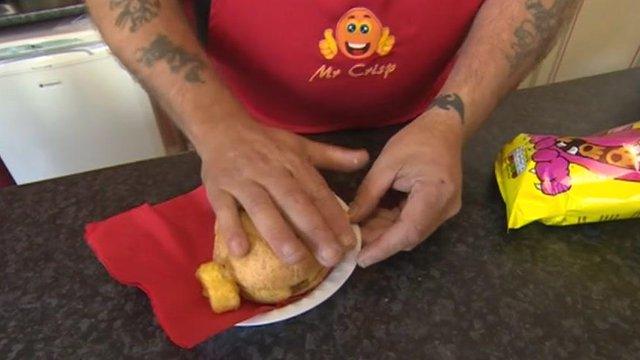How to compete in London's competitive food scene
- Published
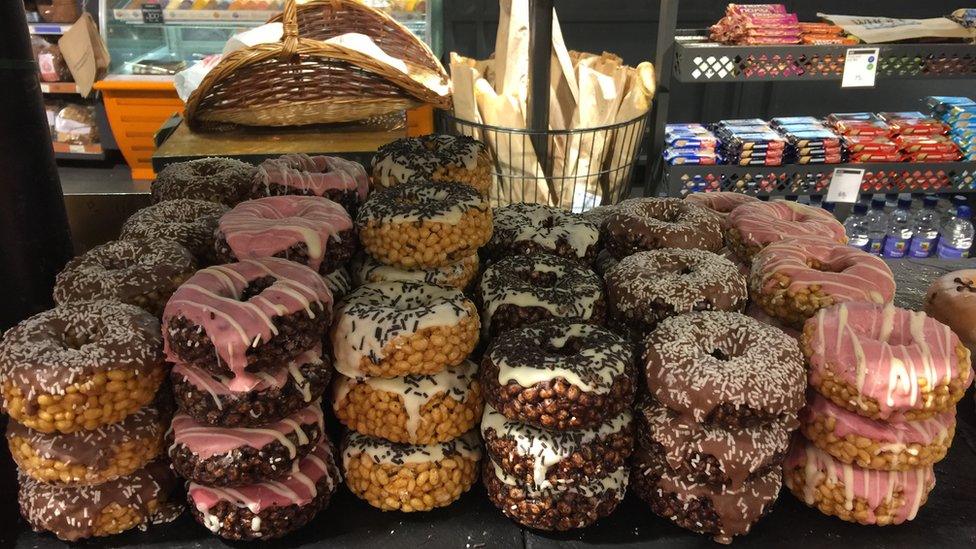
London's bar and restaurant scene continues to be hugely competitive, analysis of high street data shows.

Sorry, your browser cannot display this content.

Here are five ways entrepreneurs have tried to stand out from the crowd.

Remind people of their childhood
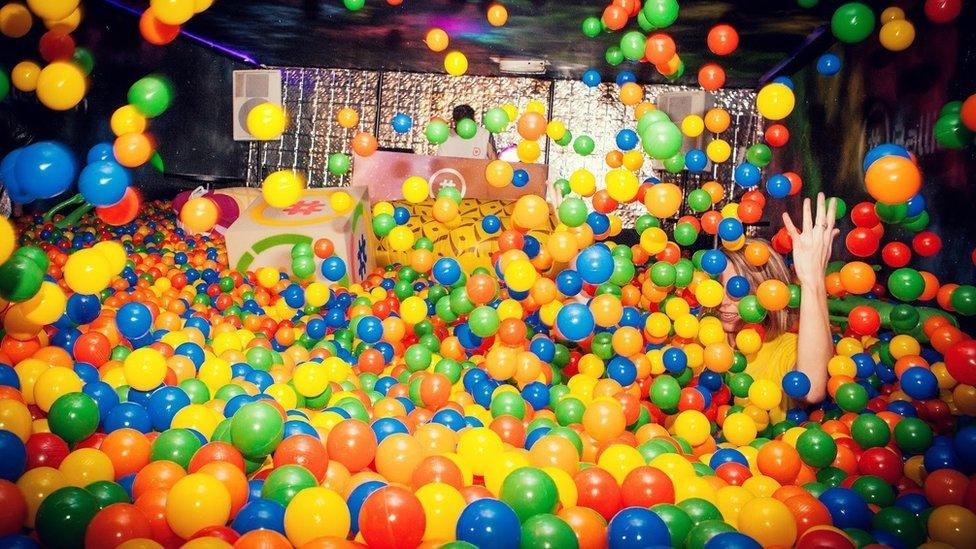
You've hired a bar in east London, which comes with an empty basement. What would you do?
The obvious answer to Wenny Armstrong was to fill it with 250,000 balls and call it Ballie Ballerson.
"The idea came out of nowhere," she says adding that "as soon as I thought about it, that's what I was going to do. I had a feeling that it would be popular".
It certainly is - 18,000 people have been since its November launch.
It will close for a short time in February so they can fill it with clear balls and LED lights which will change colour in time to the music. It'll then be called Glowy McGlow.

"We're attacking people's senses. It's a natural progression and you have to keep changing it up and play with it again.
"There are so many restaurants in London that you have to do something completely different," she said.

Make the most of social media
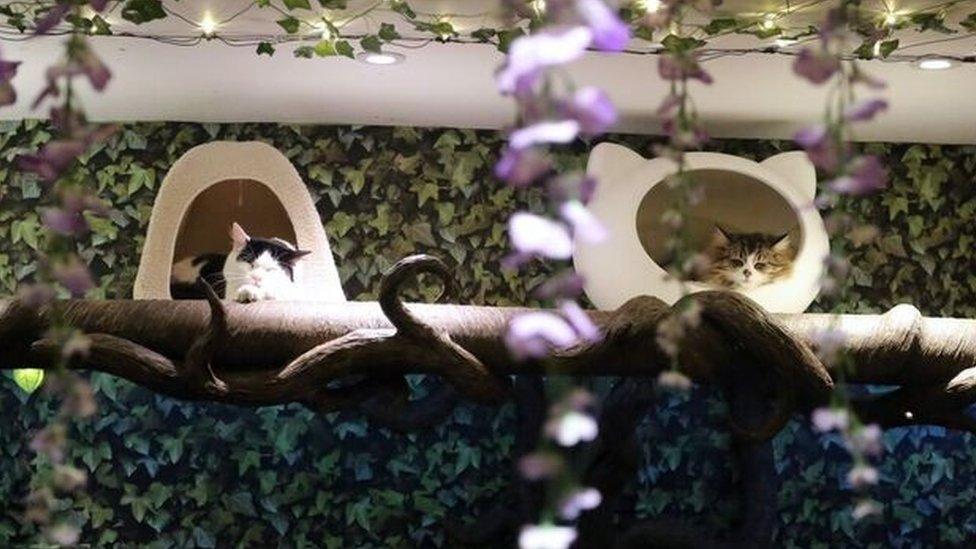
There isn't anything the internet loves more than cats, and it's thanks to social media that England's first cat cafe exists.
Lauren Pears, the owner of Lady Dinah's Cat Emporium, used Twitter and Facebook to raise more than £100,000 that was needed to open the cafe in Shoreditch back in 2013.
But social media also brought the customers in and despite being open for three years in March, there is still a waiting list.
It also inspired more cat cafes to open across the country.
"There was a lot of hype in the beginning," she recalls. "We had an exceptional level of demand with people coming down from across the country to visit so now that there are more cat cafes, it is making it easier for us to cope with the demand."

New take on a classic dish
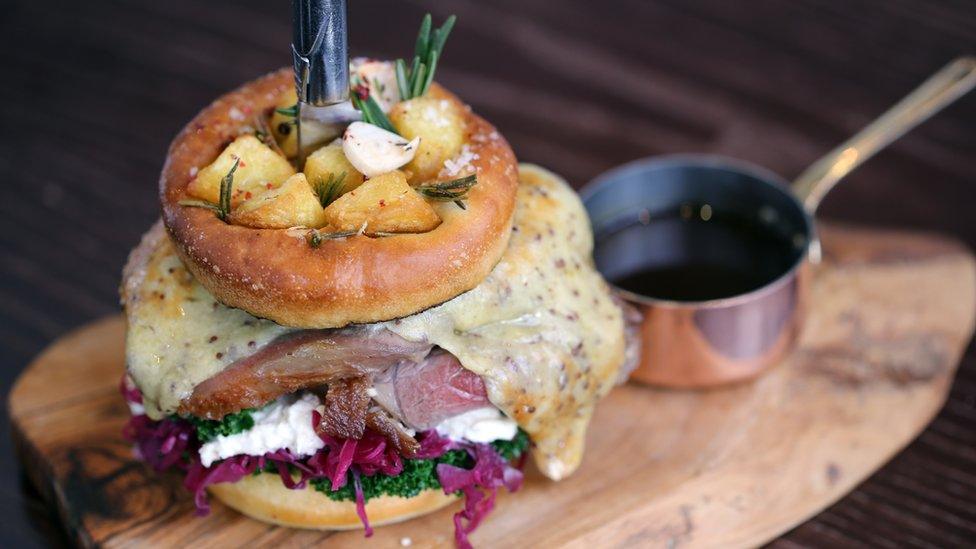
It could be argued that the two most popular dishes in England are roast dinners and burgers.
Figures from the Local Data Company show in London, the number of American restaurants has grown from 159 in 2011, to 319 last year, while there are nearly 270 British restaurants, an increase of a third.
One restaurant that is combining the two is Roast in Borough market.
"Burgers in London have taken off massively. There's a lot of competition so I thought why not try and do something different," said head chef Stuart Cauldwell.
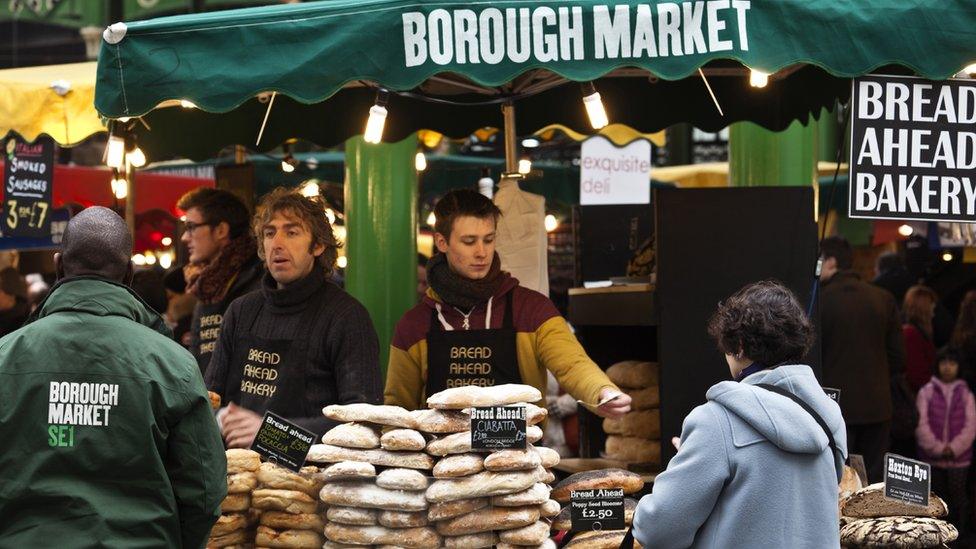
Squeezed in between the bun is beef, kale, red cabbage, carrot piccalilli, horseradish and melted cheddar. It's then topped off with roast potatoes and has gravy on the side.
"The culture in London has completely changed. You've got all these street food fairs, you've got smaller restaurants popping up everywhere and then you've got the restaurants that are standing tall," he said.

Make the experience unique
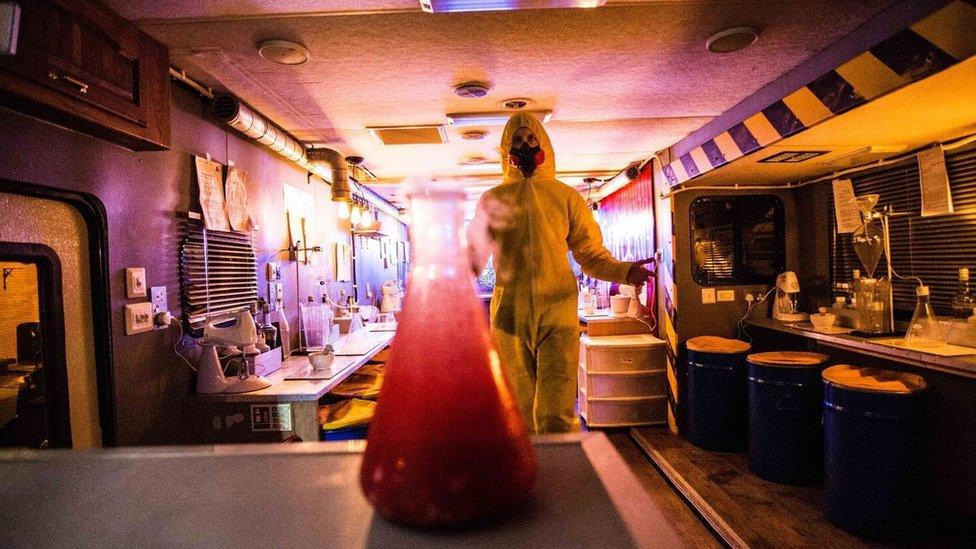
To get into ABQ in Hackney, you have to don a yellow boiler suit. Upon entering the "lab", test tubes, beakers, goggles and gas masks then greet you in preparation for you to "cook" your cocktail.
Based on Breaking Bad, the popular US TV series about a high school chemistry teacher who turns to crime, the bar is the idea of pop-up specialist Seb Lyall.
Other ventures he's created include a Naked Restaurant, Owl Cafe and his latest venture, The Bletchley London, which aims to decode each guest's personality by creating a one-off cocktail based on the recipient's name, date of birth and favourite colours.
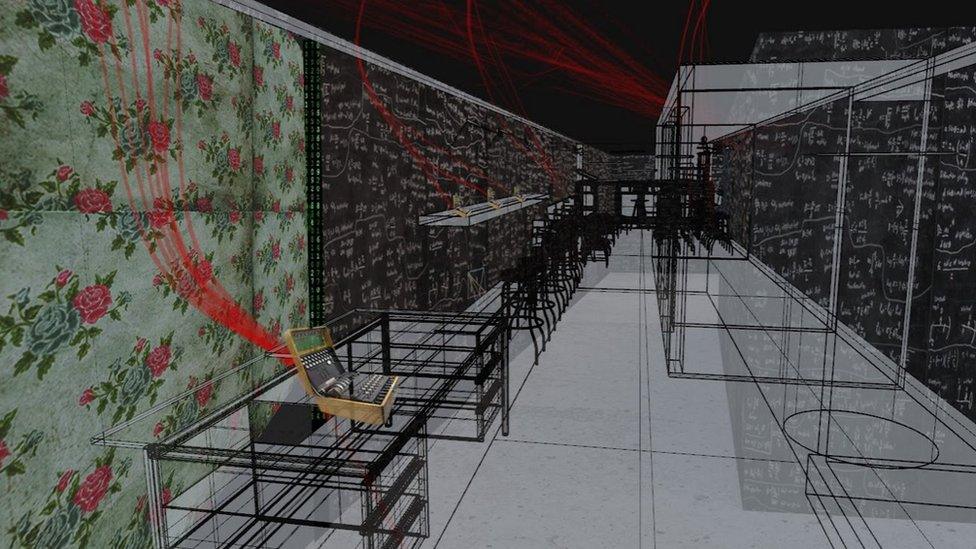
Designs for The Bletchley London pop-up
"We base our ideas on human anthropology; we look at what people want and how people behave and then come up with a concept based on that. We don't follow trends," he said.
"Pop-up culture is a way to launch and test an idea," he added.
Each pop-up runs for several months to see if there is a market and so far there is - the waiting list for the owl cafe was 80,000, ABQ has 65,000 and the Naked restaurant saw 46,000 put their names down.

Specialise

If you fancy a bowl of peanut butter cereal served with bubble gum flavoured milk and topped with Milky War stars, then the Cereal Killer Cafe is where you need to go.
Serving more than 100 different types of cereal, its cafe on Brick Lane is filled with kitsch interior from the 1980s and 90s.
Since opening in 2014, they have now spread out to the Middle East, and have found licence partners in Dubai, Kuwait and Jordan.
Co-owner Alan Keery says the benefits of focussing on one food means they can "concentrate on one area and offer the best we can".
"We are offering something that others aren't, so it gives our customer a completely different experience," he added.
In 2015, the cafe was vandalised by anti-gentrification protesters.
Then, Mr Keery spoke out, saying it was "incredibly unfair to target a small business for a larger problem".
Looking back, he said: "People were very supportive, from neighbours to businesses, and we had huge support on social media.
"I wouldn't say it changed perception, but got us into a lot of people's heads."
- Published17 January 2017
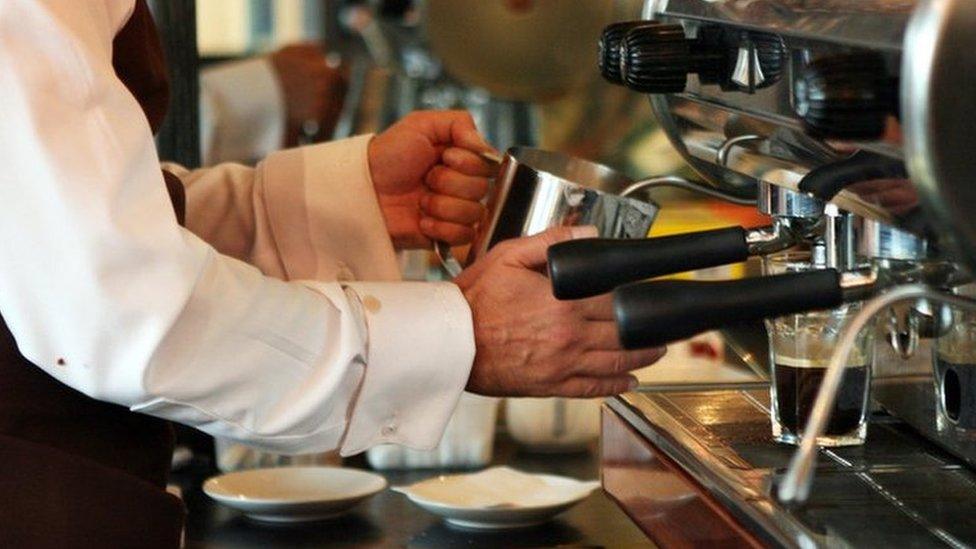
- Published15 August 2015
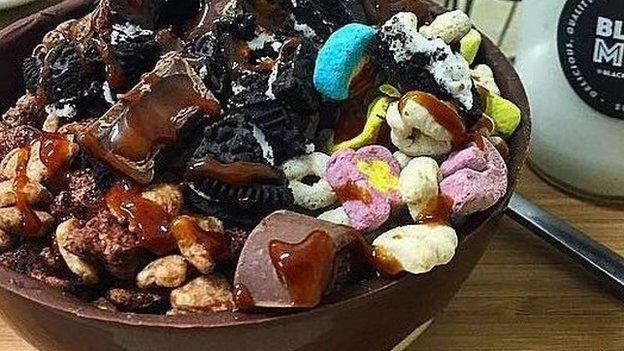
- Published30 July 2015
